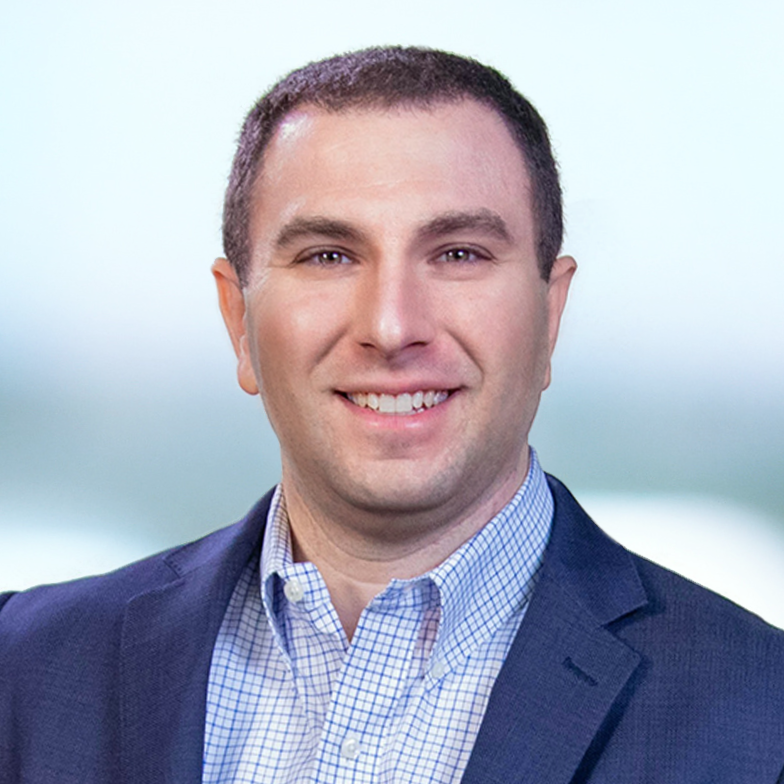 Who would ever think that "homeland security" information and collaboration should and could be public? Well, President Obama did when he signed his Open Government Directive on December 8, 2009. The Directive, authored by The Office of Management and Budget at the White House, outlined three key principles to Open Government: transparency, participation and collaboration.
Who would ever think that "homeland security" information and collaboration should and could be public? Well, President Obama did when he signed his Open Government Directive on December 8, 2009. The Directive, authored by The Office of Management and Budget at the White House, outlined three key principles to Open Government: transparency, participation and collaboration.
Currently, Russia is exploring this issue as well to become part of the Open Government Partnership. OGP is a partnership among over 50 counties (and counting) that support AND have a plan to implement their version of Open Government according to the Open Government Declaration. There are strict eligibility requirements and Russia has unveiled a bold and aggressive approach (OGP Plan and Action Plan). However, there are some takeaways from the U.S. Department of Homeland Security's Open Government Plan that will aid Russia in its efforts to open government.
In June 2011, The U.S. Department of Homeland Security released its Open Government Plan 2.0 (Version 1 was released in April 2010), signaling its intent to meet the demands of the OMB directive. Given the organization's broad and expanding mission, though, DHS has a number of lessons learned from developing its Open Government framework:
- The Value of Culture
- Collaboration and The Great Enabler of Technology
- The Complexity of the Future
The Value of Culture
One of the most notable absences from the framework is a cultural commitment to how Open Government should exist at DHS. Culture is a key component of any change management initiative. DHS notes in its Plan, "[t]he Department established a governance structure consisting of senior executives and managers to form various working groups within the Department to institutionalize Open Government at DHS."
This vague description of action, though, ponders the question of how to invoke a culture of Open Government at DHS? In fact, with only senior executives and managers part of the working groups, how is DHS supposed to develop initiatives that reflect the experience, expertise and needs of the its employees and stakeholders? Where is representation from private industry including critical infrastructure and non-profits such as the American Red Cross?
The lesson here is to include all stakeholders in the discussion of change. They can offer different perspectives and act as evangelists when the time comes to implement. The initiatives can also amass a following that allow for natural cultural change. The more momentum an initiative has among the key people involved, the more chance of success it breads.
Collaboration and The Great Enabler of Technology
Technology is not the answer to all concerns. However, technology is a great enabler that allows action not previously considered. While "working groups" are often the agent of change at Federal departments and agencies, the form and function are beginning to change as collaborative technologies like social networks, feedback systems, and project management tools enable a collective voice to be heard and then to be acted upon.

In DHS's Open Government Plan 2.0, IdeaScale ( a stakeholder engagement tool employed by GSA) was mentioned to help with dialogue around cybersecurity and national preparedness. However, collaboration is more than the sum of the disparate and uncoordinated activities. Collaboration is the strategic approach to stakeholder engagement. And today, technology enables better and more robust models of collaboration that can reach far and wide.
These tools allow for better innovation and more effective change by capturing the thoughts and ideas of the many in a comprehensible and organized manner. They also value the expertise (or non-expertise depending how you look at it) of an energized group of people ready to help government prosper, thereby breading change from the bottom up vs. top down. And top-down approaches are often considered costly and ineffective, especially when no attention is paid to culture.
The lesson here is to develop better processes of citizen and stakeholder engagement to influence change and innovation. Technology now allows new forms of collaboration that can rally significant numbers in support of various initiatives. No longer does the burden of response, especially at DHS, rely solely on the capabilities of government actors. Embrace the power of the people and think carefully before stymieing their efforts through bureaucratic "leadership" where progress is controlled by policy decisions.
The Complexity of the Future
In addition to being complex, the future is also a bit unknown! However, the actions we take now help dictate the future. And the largest benefit will be in developing a foundation of change, innovation and openness. The more we can build "adaptive capacity" into DHS's DNA, the better we will be able to handle the future full of risks and opportunities that lead to a better and more open government at DHS.
In its Open Government Plan 2.0, DHS speaks a lot of the National Information Exchange Model, "a federally-supported, government-wide initiative to that helps communities of people with common mission interests connect and exchange information in order to successfully and efficiently accomplish their missions." Overall, I support this endeavor with the caveat that this becomes the new Data.gov and contains models for non-governmental access. Data.gov was a great version 1 attempt to begin releasing data. However, the dynamic nature of homeland security requires real-time, relevant and multi-directional information to perform its missions, especially in collaboration with the private and non-profit sectors who are indispensable in this arena.
But the real lesson in building a solid foundation for the future is to understand what homeland security and the Country will look like in 5, 10, or 15 years. Developing this strategic thought will help build a better foundation today. In fact, one foundational initiative I already see is the need to develop an "open by default" data policy in which ALL (and I mean ALL) data can easily be accessed through well-defined standard interfaces that can handle the computing load. The Wilson Center also offers some guidance on how to achieve the "open by default" strategy. Specific data access rights can come later, but the important thing is to prepare the technology to open data for other agencies, the private sector, non-profits and citizens. Ultimately, you don't know what you have to open until all your cards on the table!
Parting Thoughts
DHS and Russia have a lot of progress ahead of it, especially as they operate in very different cultural and political environments. However, the support of Open Government is apparent at highest levels of both countries. The important thing is to not destroy the concept of Open Government by developing plans in a bubble, but rather expanding the collaborative process to citizens, private industry, non-profits, etc.
For Russia, building a strong foundation in which to expand is essential. Utilize the energy of the people to help transform government for the better. Empower your officials at all levels of government to engage and collaborate with the public. Sometimes you just do know everything until you ask everyone!
![Academic Research on Disaster Communications Technology [Survey]](https://images.squarespace-cdn.com/content/v1/53a9cfb7e4b0ac3522f6060f/1430240319094-98QFFBMEWAJQ0DR0Z22K/image-asset.jpeg)


